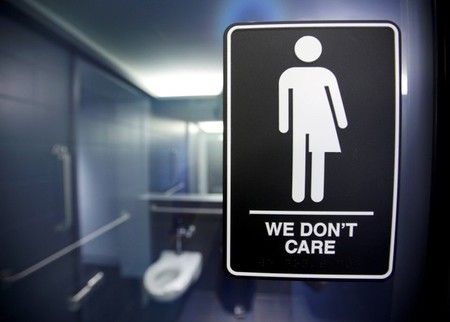Advertisement
Rocky Start on 2017 U.S. GDP Does Not Alter Continued Slow Trend Growth
By Jason Owen
2 min read
Advertisement - Continue reading below

NEW YORK, April 28, 2017 /PRNewswire/ — The U.S. Bureau of Economic Analysis today reported 0.7 percent annualized growth in real Gross Domestic Product for the first quarter of 2017.
GDP growth made a sluggish start to 2017, led by weak consumer spending, which saw its smallest quarterly growth since the end of 2009. First quarters, on a seasonally adjusted basis, have been weak in recent years and 2017 has been no exception. A cold winter can lead to delays in construction activities. A warm one, as was the case this year, can produce lower utility bills. Sky high consumer confidence and rising wages suggest that spending should bounce back quickly during the rest of the year, driving the economy to overall growth of around 2 percent in 2017, in line with long-term trends.
In contrast, non-residential business investment showed more strength in the first quarter, led by energy related investment in equipment and structures. The big question going forward is whether elevated business sentiment measures, particularly among small firms, will lead to a surge in investment. A wait and see environment may last into 2018 if uncertainty regarding future tax policy persists. An improved global outlook helped to boost exports and slightly reduce the trade deficit while inflation expectations and commodity prices start to rise. Inventories also made a negative contribution to first quarter growth.
The Federal Reserve is still likely to raise interest rates at least twice more in 2017. Employment growth will probably slow due to limited labor market slack. So long as growth and inflation expectations remain near two percent, rate normalization should continue.
ABOUT THE CONFERENCE BOARD
The Conference Board is a global, independent business membership and research association working in the public interest. Our mission is unique: To provide the world’s leading organizations with the practical knowledge they need to improve their performance and better serve society. The Conference Board is a non-advocacy, not-for-profit entity holding 501 (c) (3) tax-exempt status in the United States. www.conference-board.org
SOURCE The Conference Board
Advertisement - Continue reading below










